HCCI Spontaneous Combustion vs Spark Ignition Progressive Combustion
The finger (bottom right) corresponds to the spark.
The hand (right middle) corresponds to the transfer port opening of the PatBam HCCI:
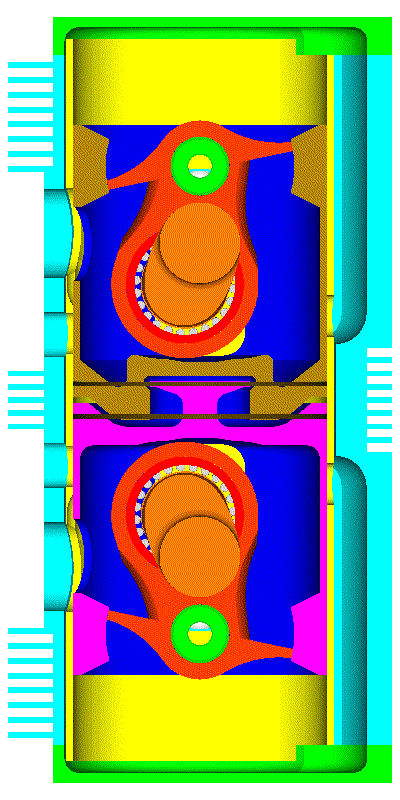
Thanks
Manolis Pattakos

Not the best analogy. The hot gas emerging from the transfer port cannot communicate with all sections of the chamber simultaneously. If the communication is by:
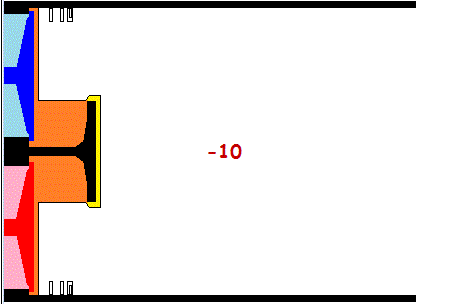

Thanks Uniflow, much appreciated.uniflow wrote: ↑31 Jan 2018, 09:10Pinger, My sleeve valve engines sleeve does not rotate because of the two rods. The bearings I am using are standard thin section ball bearings, perhaps not the best choice for the job but seem to be working. Only 24mm stroke.
The engine is in bits at the moment, I have only one YZ250 gearbox and it has been transplanted into my 360, mark two TPI engine. The one with the dual variable rotary valve gibs, opening and closing adjustment. These also act as the throttle, ECU controlled.
Opps, sorry I've looked at the wrong page again, disregard this post.
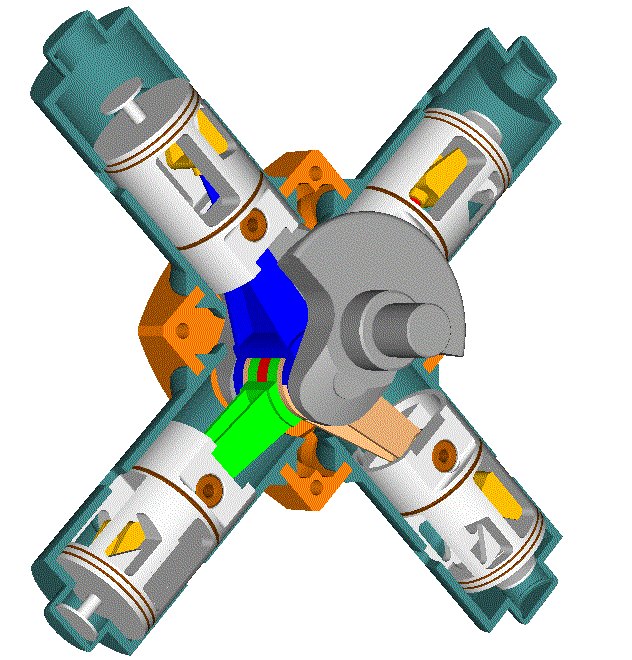
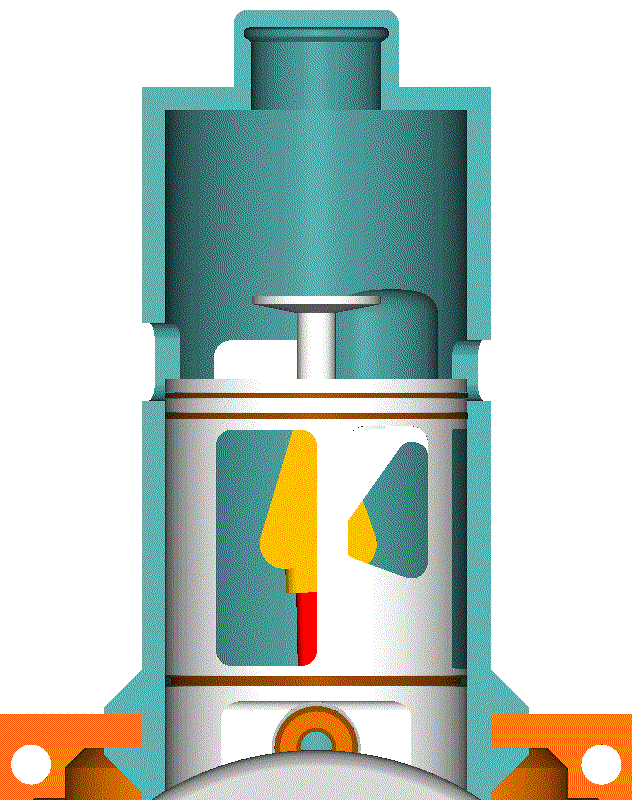
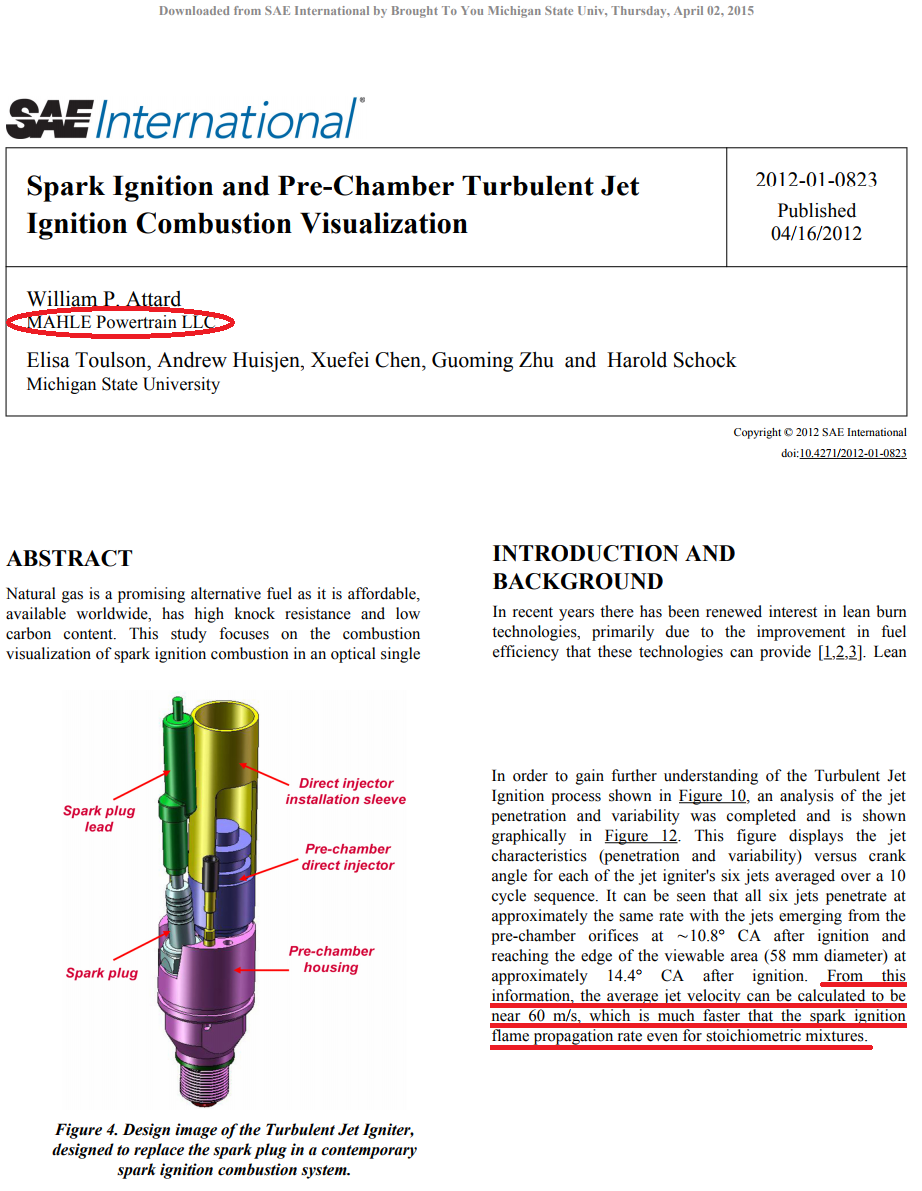
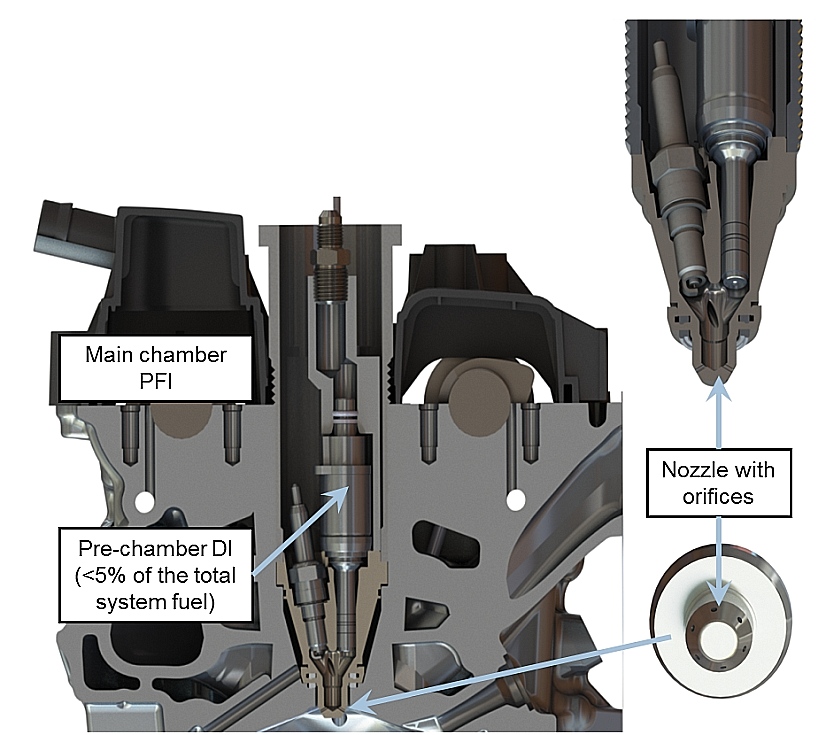

So 100m/s might not be so pessimistic? Besides, you have a much shorter path than the pent-roof TJI.manolis wrote: ↑01 Feb 2018, 08:21the average speed of the jet of the Mahle TJI is near 60m/sec:
This makes pessimistic my previous assumption for 100m/sec average jet speed (or "mass transfer" speed) when the transfer port opens in the compact bowl (~20mm maximum distance) of the above post PatBam HCCI. . . .
. . . .Worth to note: in the Mahle TJI the small chamber is permanently “open” to the main chamber (through the nozzle orifices) . . . . while in the PatBam HCCI the auxiliary chamber opens after the combustion, which means substantially higher pressure differences.


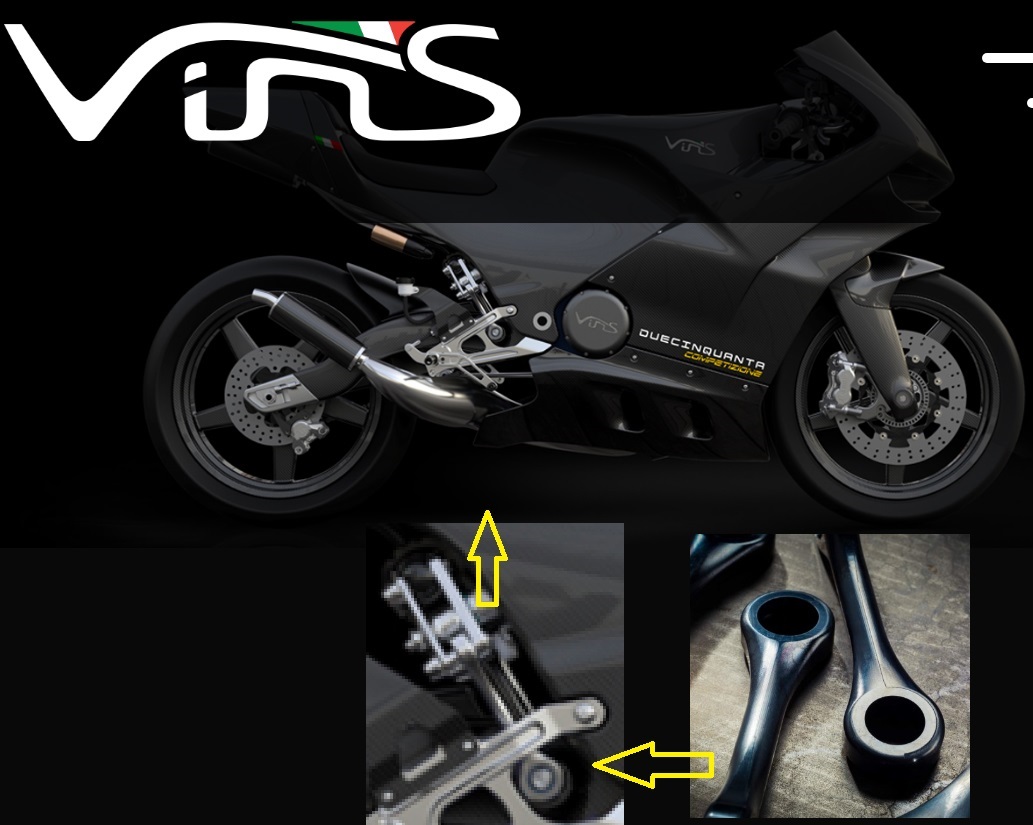
Reviving an earlier post here.manolis wrote: ↑10 Jan 2018, 07:00I hope it is clear now that a 2-stroke can be turbocharged and supercharged heavily, at a degree similar to that of the 4-strokes.
You also write:
“Until the pistons melt.....”
A Diesel runs from lean to extremely lean.
The temperature of the piston and of the exhaust gas are substantially lower than in a spark ignition / stoichiometric engines.
With the intake cycle pressure and the exhaust cycle pressure shifted by some 20%-30%, the temperatures are not for melting the pistons.